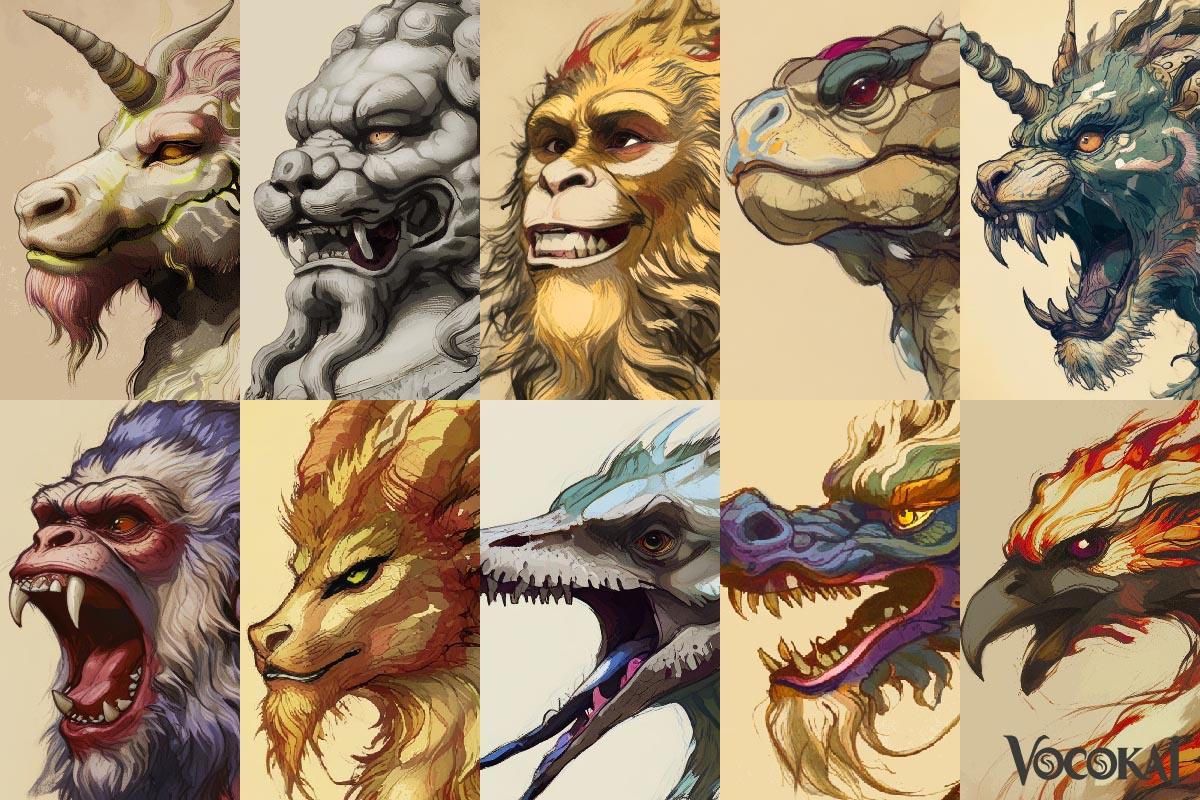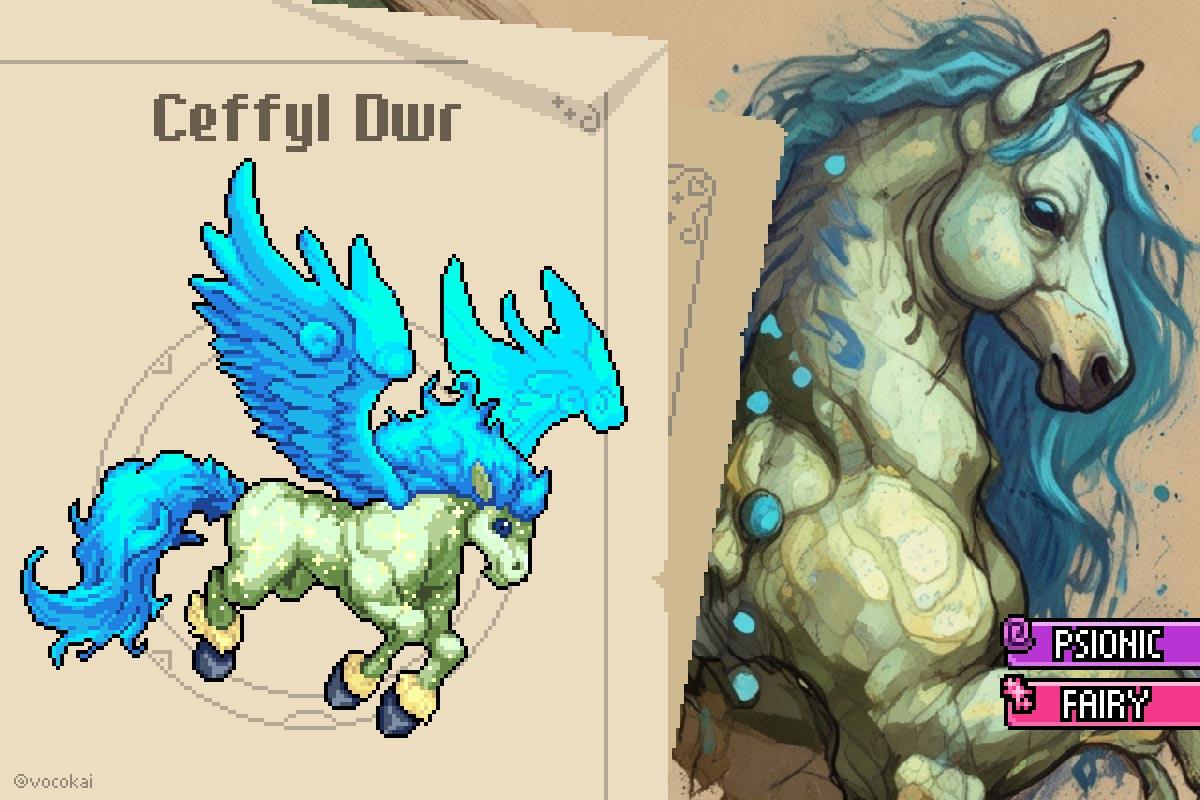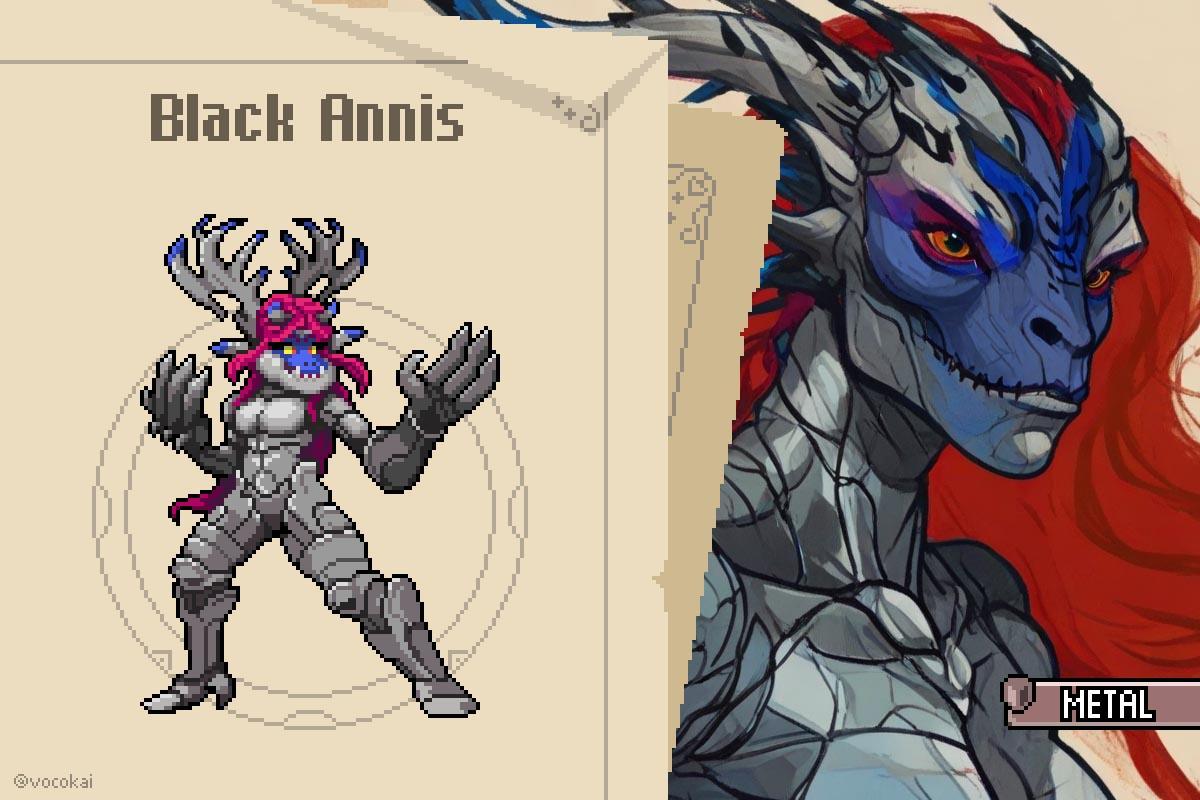Introduction: Ghillie Dhu
The Ghillie Dhu, a mysterious and reclusive spirit of Scottish folklore, is known for its role as a gentle guardian of the forests. Unlike the more fearsome creatures of Celtic mythology, the Ghillie Dhu is a solitary yet benevolent figure, often depicted as a small, dark-clothed creature with moss and leaves intertwined in its hair. Residing in the remote woodlands of the Scottish Highlands, this elusive spirit is believed to watch over the trees and protect those who show respect to the natural world.
The Origin and Cultural Variations
The Ghillie Dhu’s origins are rooted in the rich tapestry of Scottish folklore, where it is viewed as a spirit closely tied to the land and its natural elements. The creature’s name is derived from Scottish Gaelic—Gille Dubh, meaning “dark servant”—a reference to both its appearance and its role as a protector of the forest. Though stories about the Ghillie Dhu are primarily localized to the Highlands, similar forest spirits can be found in folklore across Celtic cultures.

Historical Significance
The Ghillie Dhu occupies an important position in Scottish folklore, representing not only the beauty and mystery of the Highlands but also the deep-rooted respect for nature that permeates Scottish culture. Unlike the fearsome Each Uisge, the Ghillie Dhu is viewed as a guardian of the forests, embodying the connection between the people and the land. This spirit’s presence in folklore serves as a reminder of the delicate balance between humanity and nature, emphasizing the importance of stewardship over the environment.
Cultural Variations
The Ghillie Dhu, while predominantly a figure of Scottish folklore, shares thematic and narrative similarities with various nature spirits found in other Celtic cultures. In Welsh mythology, for instance, the Gwyllgi—often depicted as a spectral black dog—serves a similar role as a protector of the land and an omen of danger. Both creatures highlight the deep-rooted belief in guardian spirits that watch over natural landscapes, emphasizing respect for nature and the consequences of neglecting it.


Modern Interpretations
In contemporary culture, the Ghillie Dhu remains a powerful symbol of nature’s enchanting beauty and its hidden dangers. Though not as widely recognized as national symbols like the Red Dragon of Wales, the Ghillie Dhu has inspired a range of modern interpretations across various media, including literature, film, and visual arts.
Shaping Childhood Fear Across Cultures
The Ghillie Dhu, much like other mythical beings, has played a significant role in shaping childhood fears and behaviors within Scottish culture. As a figure shrouded in mystery, the Ghillie Dhu serves as both a cautionary tale and a guardian spirit, instilling respect for the wilderness and the potential dangers it may hold. Parents and elders would recount stories of this elusive woodland spirit, warning children to tread carefully in the forests and to respect the natural world around them.


Appearance
The appearance of the Ghillie Dhu is as enchanting and elusive as the legends that surround it, embodying the spirit of Scotland’s ancient woodlands. Often described in vivid detail, this mysterious creature is known for its distinctive features that reflect its deep connection to nature. Here’s a closer look at the Ghillie Dhu’s most striking characteristics:
- Mossy Hair
- Dark Clothing
- Small Stature
- Piercing Eyes
- Mossy Hair: The Ghillie Dhu is typically depicted with long, dark hair adorned with moss, leaves, and twigs. This natural camouflage allows it to blend seamlessly into the forest environment, emphasizing its role as a guardian of the woods. The earthy tones of its hair symbolize its connection to the land and its responsibility to protect the forest from harm.
- Dark Clothing: Often portrayed wearing clothing made from the materials of the forest—such as bark, leaves, or animal skins—the Ghillie Dhu’s attire reinforces its identity as a woodland spirit. This draping of natural elements further enables it to remain hidden among the trees, representing the delicate balance between humanity and nature.
- Small Stature: Unlike the imposing figures of some mythical creatures, the Ghillie Dhu is often described as small and slight, which adds to its enigmatic quality. Its diminutive size allows it to navigate the forest with ease and agility, evoking a sense of both innocence and cunning.
- Piercing Eyes: The eyes of the Ghillie Dhu are sometimes depicted as bright and alert, reflecting its vigilant nature as a protector of the forest. These striking features convey a sense of wisdom and depth, suggesting a profound understanding of the natural world and its mysteries.

Behavior
The Ghillie Dhu, a captivating spirit of Scottish folklore, exhibits a unique blend of behaviors that reflect its role as both a guardian of the forest and a mischievous trickster. While not a malevolent figure like the Each Uisge, the Ghillie Dhu’s behaviors are often designed to teach respect for nature and the consequences of negligence. Here are some key aspects of its behavior:
The Influence of Ghillie Dhu
The influence of the Ghillie Dhu extends far beyond its folkloric roots, permeating various aspects of Scottish culture through storytelling, art, and local customs. While it may not carry the same national prominence as symbols like the Red Dragon of Wales, the Ghillie Dhu resonates deeply within communities, particularly in rural areas where the connection to the natural world remains strong.

Overall, the influence of the Ghillie Dhu is woven into the fabric of Scottish culture, serving as a vital reminder of the interconnectedness between humanity and the natural world. Through storytelling, art, festivals, and environmental awareness, the legacy of this woodland spirit continues to inspire and resonate with people, ensuring that its message of respect for nature endures through the ages.

















